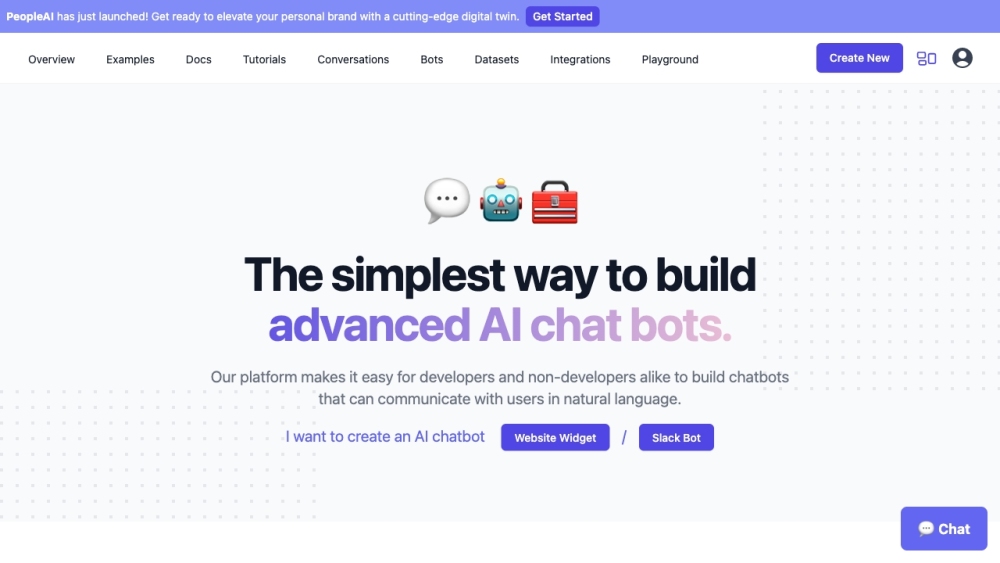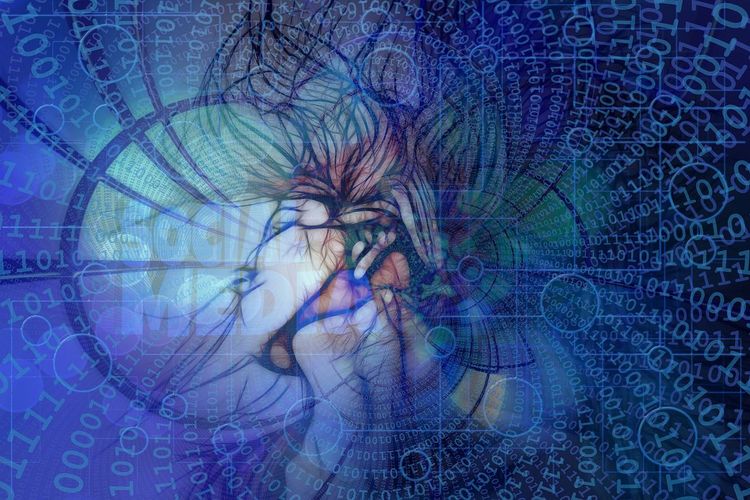Swiss Startup Jua Raises $16 Million to Advance AI-Driven Weather and Climate Modeling
Large AI models—massive collections of language, visual, and audio data—are proving pivotal for the evolution of artificial intelligence, much like operating systems revolutionized smartphones. In this context, Swiss startup Jua is set to redefine AI applications in the physical world, having secured $16 million in funding to develop an extensive “physics” model tailored to natural phenomena.
Jua is currently in its early stages, with plans to launch its first application focusing on modeling and predicting weather and climate trends, particularly for the energy sector. This product is expected to debut in the coming weeks. The startup also aims to expand its model’s applications into agriculture, insurance, transportation, and government sectors.
The seed funding round for the Zurich-based company is co-led by 468 Capital and the Green Generation Fund, with contributions from Promus Ventures, Kadmos Capital, founders of Flix Mobility, Session.vc, Virtus Resources Partners, Notion.vc, and InnoSuisse.
Andreas Brenner, CEO of Jua and co-founder alongside CTO Marvin Gabler, notes that heightened “volatility” related to climate change and geopolitical shifts has created a demand for more precise modeling and forecasting among organizations operating in sectors like energy and agriculture. The U.S. National Centers for Environmental Information indicated that 2023 experienced unprecedented climate-related disasters, causing extensive damage worth tens of billions of dollars. This reality underscores the necessity for organizations to implement advanced planning and predictive tools.
While the challenge of weather forecasting isn’t novel, technological advancements are paving the way for improved solutions. Google’s DeepMind has developed GraphCast, Nvidia introduced FourCastNet, and Huawei launched Pangu with a weather component that garnered considerable attention. Additionally, projects are underway to utilize AI for analyzing weather data and understanding other natural phenomena. For instance, recent efforts have sought to glean insights into bird migration patterns through AI modeling.
Jua addresses these challenges through a twofold strategy. Firstly, the company asserts that its model surpasses its competitors by integrating a greater volume of data—claiming to be 20 times larger than GraphCast. Secondly, it envisions weather modeling as just the beginning, aiming to tackle a broader array of physical challenges.
“Businesses are compelled to enhance their capabilities to navigate this [climate] volatility,” Brenner states. “In the short term, we are addressing that need. However, our vision extends to creating a foundational model for the natural world, essentially developing a machine entity that learns physics. This foundation is critical for achieving artificial general intelligence, which requires more than just language comprehension.”
Although Jua has yet to launch its first products, the substantial interest from investors suggests confidence not just driven by AI hype. Gabler has a strong background in weather forecasting from his tenure at Q.met and experience in deep learning technology for the German government. Brenner's experience in the energy sector, coupled with a history of founding fleet management software companies, provides insights into industry challenges and potential solutions.
The company is proactively engaging with investors and prospective clients to refine its product, emphasizing a novel approach to data integration. When constructing a weather forecasting model, Brenner points out that “utilizing weather stations is just the starting point.” Jua's methodology leverages a diverse range of “noisy data,” including current satellite imagery and topographical information, to enhance its models. “The key difference is our end-to-end system integrates all data into a single pool, eliminating the separation of data throughout the value chain,” he elaborates. With approximately 5 petabytes (5,000 terabytes) of training data, Jua’s capacity far exceeds that of GPT-3 and even GPT-4, which reportedly utilize around 45 terabytes and 1 petabyte, respectively.
Another ambitious goal for Jua is to increase efficiency, thereby reducing operational costs for both the company and its clients. “Our system requires 10,000 times less computational power than legacy systems,” Brenner notes.
Jua is gaining traction and attracting investment during a pivotal moment when foundational models are becoming crucial for the next wave of AI applications. Currently, major players in this space include OpenAI, Google, Microsoft, Anthropic, Amazon, and Meta, all U.S.-based firms. Consequently, there is growing interest in Europe to cultivate homegrown alternatives. Notably, 468 Capital also supports Germany’s Aleph Alpha, which, akin to major U.S. players, is developing large language models while collaborating closely with potential customers.
“Andreas, Marvin, and their team are pioneering the world's first foundational AI for physics and the natural world, capable of offering valuable insights across a variety of industries that depend on a deep understanding of natural phenomena—from insurers and chemical producers to disaster planning teams, agricultural organizations, airlines, and aid charities,” remarked Ludwig Ensthaler, general partner at 468 Capital.
Jua’s mission carries a sense of positive impact, aiming to clarify the effects of climate change, improve disaster preparedness, and potentially contribute to environmental mitigation efforts. Moreover, the implications of building AI that understands the physical world stretch far beyond immediate objectives, potentially transforming fields like materials science, biomedicine, and chemistry. While the feasibility of Jua's model is promising, it also raises critical questions about safety and reliability—considerations the team is actively contemplating, albeit in preliminary terms.
“For models to work effectively and gain acceptance, consistency is essential,” Gabler emphasized. “We must ensure that our models learn physics from a foundational level to solve problems accurately.”





